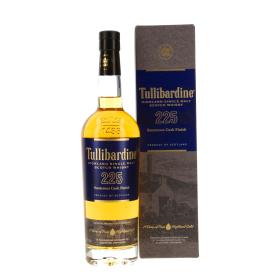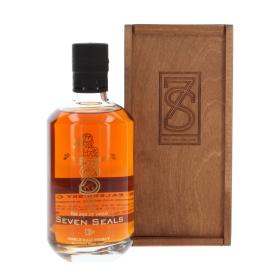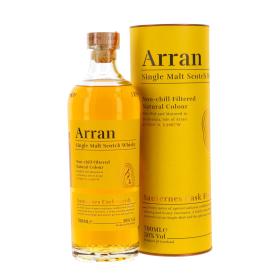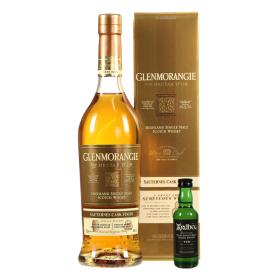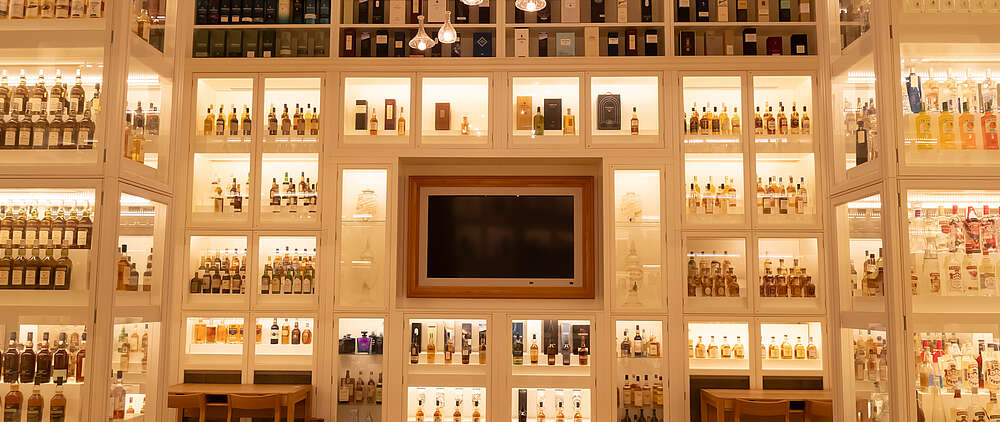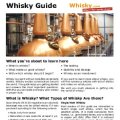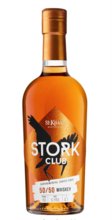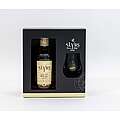Origin
Sauternes wine comes from the Sauternes region of the same name, a sub-region of the Bordeaux wine-growing area. It is not known how Sauternes became a local speciality, but it achieved international fame through Thomas Jefferson, the third President of the United States. He was heavily involved in the French wine business during his time as US ambassador to France.
There are only a few legal requirements for Sauternes wine. First, of course, it must come from the appropriate region. It must also have at least 13% vol. alcohol and have a strong sweetness.
Production and post-treatment
The production of Sauternes wine is inextricably linked to the fungus Botrytis cinerea, the so-called noble rot. There are two factors that favour the growth of the noble rot fungus: One is the region itself, because in autumn, when the grapes are harvested, the entire region is very foggy. The small river Ciron carries very cold water and flows into the large Garonne, which carries rather warm water. A lot of fog forms at the confluence of the rivers and then hangs in the slopes of the vineyards. The humid air is the ideal breeding ground for the botrytis fungus. The second factor is the Sémillon vine, because this grape variety is very susceptible to noble rot.
Noble rot reduces the water content of the grape and increases the sugar content. Grapes affected by noble rot are difficult to harvest industrially. The grape pickers cannot pick the grapes in the normal way, but must always first examine the extent of noble rot. All these factors severely limit the yield of the Châteaus.
To keep the sugar content of the grapes at a constant level, the châteaus use a method called cryoextraction. The grapes are frozen and then pressed. The water content of the grapes is reduced, but this means even less yield.
After this complicated production process, the Sauternes wine matures in oak barrels for 18 to 36 months. During this time, the oak interacts with the wine, which makes the wine riper and the barrel fruitier. These characteristics are in turn later good for our whisky, which matures in them.
Effect on the taste
Maturing in Sauternes casks gives whiskies fruity aromas such as apricot or peach, but also sometimes notes of honey or nuts.
Effect on the colour
Sauternes wine is light to amber in colour. Some older vintages have a darker colour, but this is not an issue for the whisky, as these vintage wines mature in the bottle. So the dark colour does not come from the cask and therefore does not affect the whisky that is later stored in it.
Whisky examples
Sauternes casks are very popular in the whisky industry because the wine has a very sweet and complex taste. Sauternes production is also very cost-intensive, and the châteaux do not want to take the risk of ruining the high investment in the grapes by using bad barrels. So subsequently, the whisky producers also benefit from the quality of the barrels.

